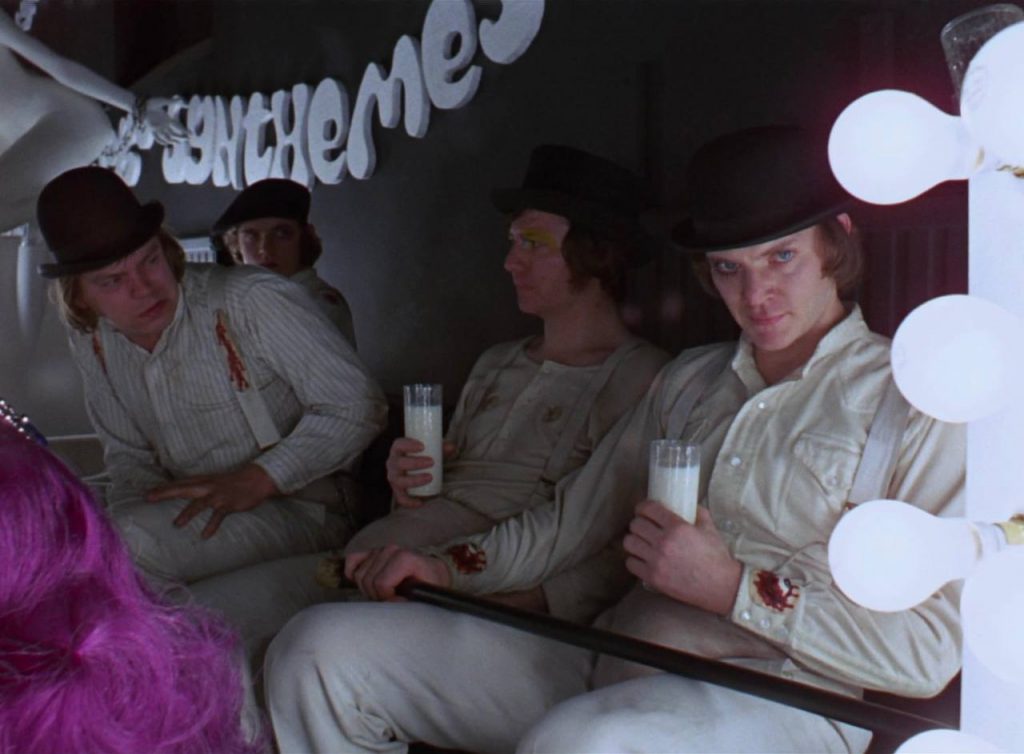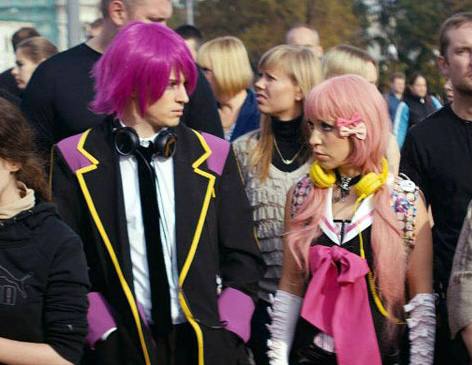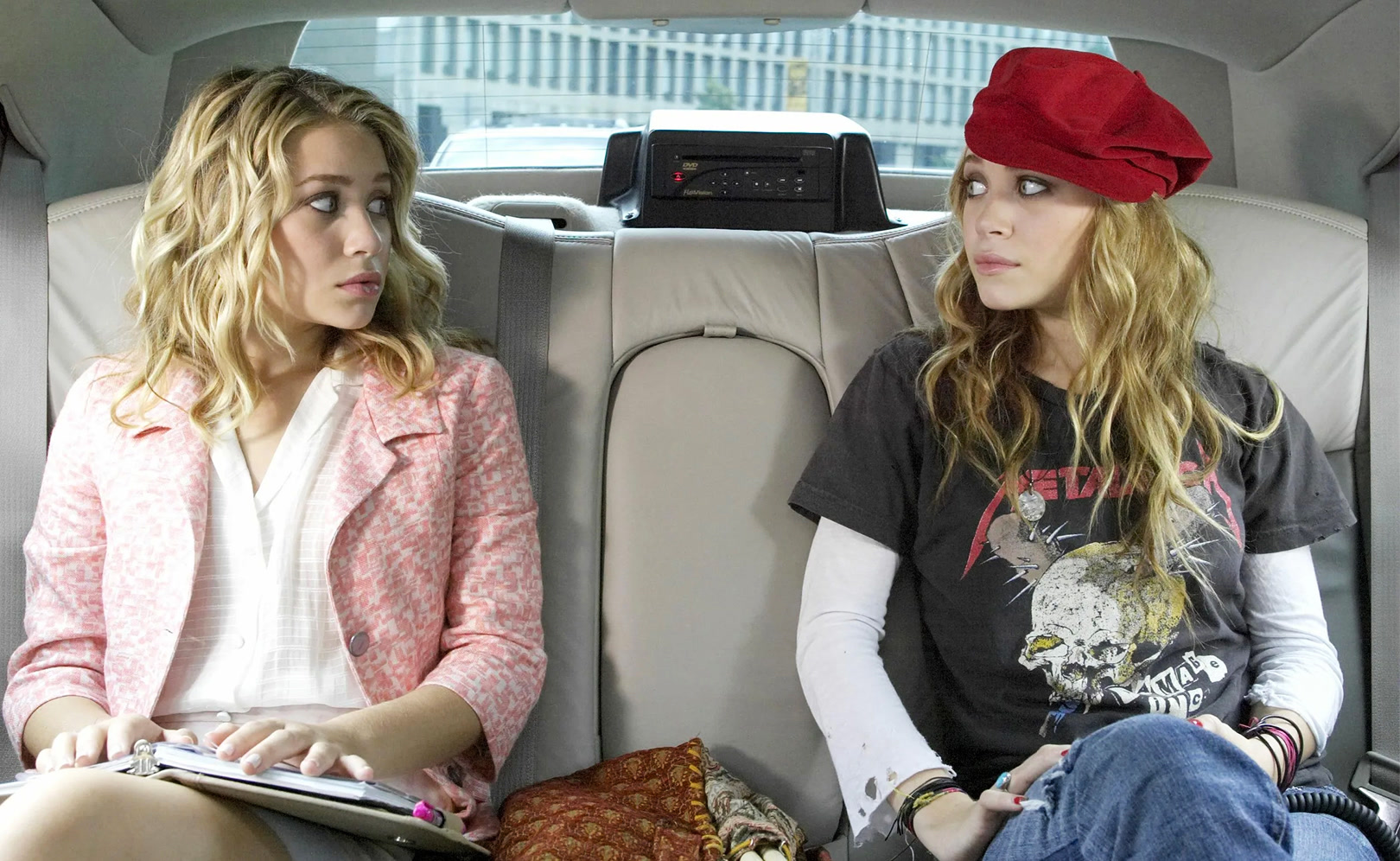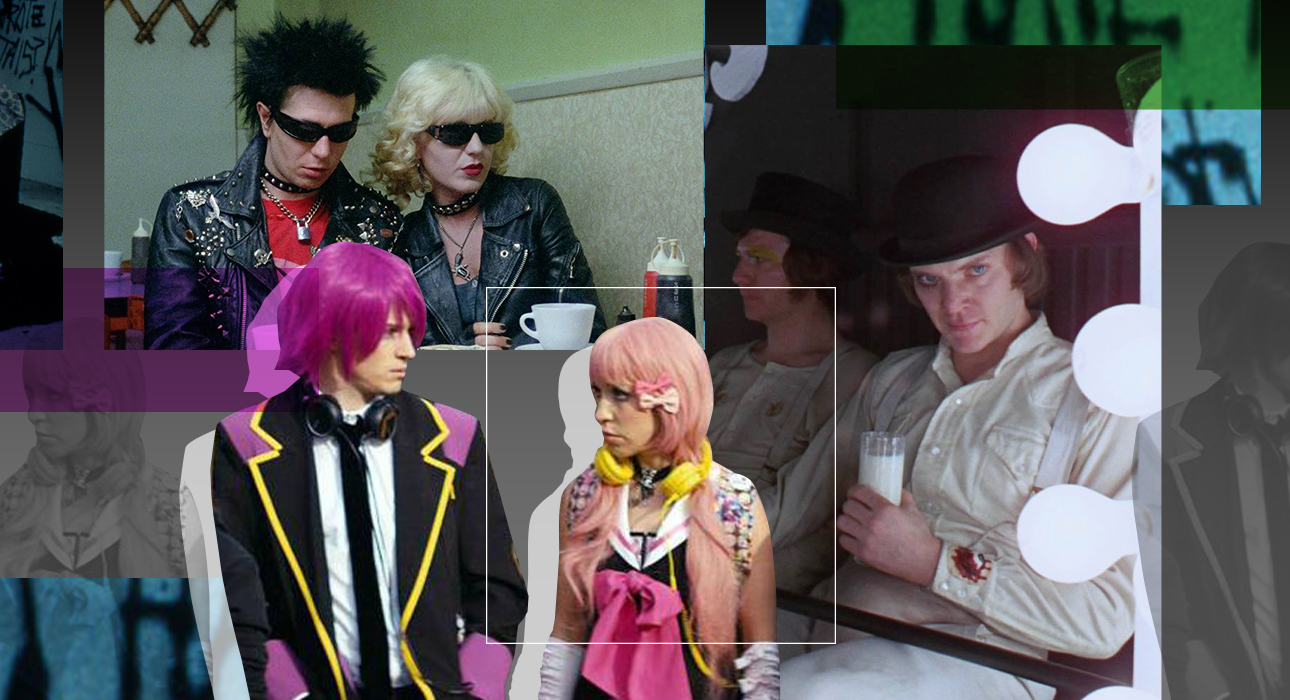You’ve probably seen teenagers wearing animal masks on social networks or in city parks, maybe you even remember the gloomy young people with long black hair and eyeliner from the 2000s. But maybe you don’t even realize that they are not urban crazies, but representatives of subcultures.
We are used to judging people by their appearance. But it is one thing to express yourself or your mood through clothes, and quite another to be a member of a community whose members adhere to a certain lifestyle. To an outside observer, adherents of subcultures may seem scary or at least strange. At the same time, many people are sure that they are mentally ill and even dangerous to society, but is this really so?
Especially for The Fashion Vibes, psychologist Kristina Salamatova explained why people join subcultures and whether this indicates hidden mental disorders.

Kristina Salamatova, psychologist
Why do people unite in subcultures?
A subculture is a system of values, beliefs, and norms that are different from the dominant culture of a society and unite people with common interests, lifestyle, or worldview. As a rule, members of a community share similar views on the world and lifestyle, from musical preferences to clothing styles, from hobbies to rules of behavior. In this way, communities provide them with a place to identify and gain a sense of belonging.

The emergence of subcultures can be seen as a natural process in the context of globalization and technological advancement, where traditional boundaries are being erased and access to information and cultural resources is expanding. For example, anime, goth and emo subcultures, or more modern communities such as kids and furries, allow participants to express their individuality and find like-minded people.

Subcultures are often viewed with suspicion and even negativity by society, especially if their values and norms differ greatly from the dominant culture. In some cases, belonging to a subculture can be perceived as a sign of deviation or latent personality disorders. However, it is useful to examine these phenomena in terms of psychology and social dynamics in order to understand their role and importance in people’s lives more deeply.
What disorders most often affect representatives of different subcultures?
Anime people
With the popularity of cosplay culture, anime and manga fans have also emerged. Anime fans also like to dress up as their favorite characters. Often, they not only consume content, but also study the culture, traditions and language of Japan, China or South Korea, where anime is very popular. This subculture provides participants with the opportunity to express their interests and fantasies, as well as communicate with like-minded people.

Anime people are often childish. They tend to dream a lot and at the same time do not take responsibility for their life decisions. They create a new image of themselves within the culture, and such a strong internal gap between reality and the image within the culture can lead to bipolar disorder and social phobia (they are ready to communicate as long as they are given a role, they can avoid social contacts in their ordinary life). You can pay attention to external inconsistency: angular movements, body and head are out of sync.
Goths

Representatives of the Gothic subculture emerged in the 1980s. They prefer Gothic music and fashion (black clothing and scary makeup), often enjoy dark-themed literature and art, watch horror films and read Gothic novels. The Gothic subculture provides its members with a space to explore existential questions and self-definition through the symbolism of death and darkness.
Goths are prone to depression. The manifestation of aesthetic asceticism in everything creates the habit of disbelief in the future and the prohibition of joy (anhedonia).
Emo

A subculture that emerged in the late 1990s – early 2000s from the musical direction of emotional hardcore (emocore) and visual beech. Emo representatives are distinguished by their emotional openness. They openly demonstrate their personal feelings, wear hairstyles with wavy side bangs and use a black and pink color palette. Given that not everyone in society is tolerant of the manifestation of emotions, especially among men, many people hate adherents of the emo movement. “Whimper”, “ferret”, “girl” (in relation to men) – that’s what critics call them.
For many participants, the emo subculture is a way to express their inner conflicts. The urge to dramatize events and romanticize sadness can make depression worse.
Childhood

These are adults who are interested in children’s interests and hobbies. This subculture brings together people who are interested in comics, computer games, toy collecting, and other pastimes traditionally associated with childhood.
Adults behave like children, avoid responsibility and often drop out of school, work and sit on their parents’ necks. Dependency and imitation of children’s behavior lead to degradation. This lifestyle leads to isolation and narrowing of interests. The desire to be a baby or a child is also associated with vulnerability, fear of the future and anxiety caused by a sense of danger. It is important for them to learn how to resolve conflicts and create a safe environment in the real world. At the same time, you should not give up children’s hobbies that can earn money (for example, drawing comics, etc.).
Authorities, skinheads and hooligans

Authorities, skinheads and punks are characterized by aggressive behavior. They often look for a reason to fight to show their power. Representatives of these subcultures often divide people into friends and strangers. They are ready to show violence against those who stand out from the group in some way.
The office subculture originates from fans of football matches.

Punks emerged in Great Britain in the early 1970s. The movement’s adherents hold anarchist views and oppose a “decent” society. They exhibit rude behavior and asceticism in their views. They are individualists who rebel against any form of authoritarian power. They often wear mohawks, leather jackets, chains, and frayed jeans.
Skinheads also emerged in Britain in the late 1960s. They are anarchists with short hair, wearing suspenders and heavy boots.

Authorities, skinheads and hooligans often have problems with personal boundaries, they don’t know how to say “no”, so they take on too many obligations. Moreover, they often grow up in families with authoritarian parents who are violent towards them or don’t take their opinions into account. For example, a mother shows that she is ready to love her son only when he gets good grades. This creates a lot of tension. They project their dissatisfaction with themselves onto others. Since they have a lot of aggression that they have nowhere to express, regular exercise for their psyche and the development of communication skills (resolving conflicts through dialogue, not brute force) are recommended.
Furries, Quadrobers and Therianthropes

Furries, quadrupeds and therianthropes have much in common. Representatives of these subcultures are interested in art about anthropomorphic animals. Furries express themselves through creativity: they create costumes (fur dresses) and drawings using motifs from nature. They identify with characters, but do not consider themselves animal incarnations. Quadrupeds move on four legs and imitate the behavior of animals (growl, meow, eat with a brutal appetite). Therianthropes believe that they are animals (mostly predators) in whole or in part.
Furries and Quadruple Carriers may have problems with self-determination. They feel insecure and vulnerable. Their biggest fear is showing their true selves, which means being rejected.
What information is conveyed about a person belonging to a subculture?

One of the basic functions of subcultures is to provide psychological stability. In conditions of constant social change and pressure, belonging to a subculture plays the role of a defense mechanism. This manifests itself in various ways.
Emotional support and socialization
Subcultures provide a place for members to receive emotional support and acceptance. This is especially important for people who have difficulty socializing with the larger society. They can share their experiences and receive support in an environment of like-minded people, which helps reduce stress and anxiety.
Developing personal and social skills
Participation in subcultures is often associated with the development of skills ranging from creative to social. For example, creating cosplay costumes in the anime subculture requires a creative approach and the ability to work with a variety of materials, and participation in group activities contributes to the development of communication skills and the ability to work in teams.
Creating a sense of belonging and identity
In subcultures, people find their own place and identity, which helps to increase self-esteem and self-confidence. This sense of belonging can be especially important for people who feel excluded or isolated in mainstream culture.
Can belonging to a subculture negatively affect the psyche?

Isolation from main culture
Deep involvement in a subculture can lead to social isolation and separation from the mainstream culture, leading to difficulties in assimilating into society and integrating into social or professional groups.
Problems with self-realization and work activity
Some subcultures may develop lifestyles and values that conflict with the requirements of occupational activity and social adjustment. For example, an aggressive style of behavior or the display of death attributes may make it difficult to find employment or impede career advancement.
Risk of developing addiction
In some subcultures, especially those associated with club life and entertainment, there is a risk of developing alcoholism and other addictions.
Conformism within a subculture
Subcultures often go against dominant cultural norms, but there may also be strict rules within communities that must be followed. This can limit individual freedom and lead to conformity, where deviation from subcultural norms can result in condemnation and rejection.

It is important to note that subcultures often serve as a way to compensate for social isolation or emotional difficulties by providing support and a sense of belonging to their members. Each case should be considered individually and hasty conclusions about the presence of mental disorders should not be drawn.
Source: People Talk
Errol Villanueva is an author and lifestyle journalist who writes for The Fashion Vibes. With a passion for exploring the latest trends in fashion, food, travel, and wellness, Errol’s articles are a must-read for anyone interested in living a stylish and fulfilling life.





